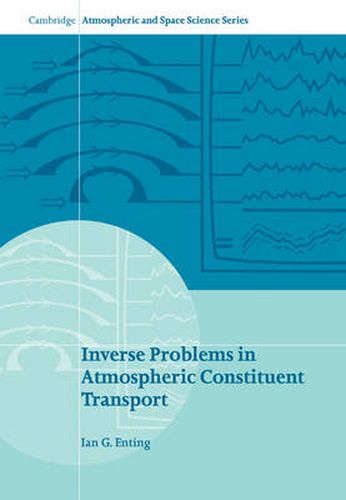Readings Newsletter
Become a Readings Member to make your shopping experience even easier.
Sign in or sign up for free!
You’re not far away from qualifying for FREE standard shipping within Australia
You’ve qualified for FREE standard shipping within Australia
The cart is loading…






The critical role of trace gases in global atmospheric change makes an improved understanding of these gases imperative. Measurements of the distributions of these gases in space and time provide important information, but the interpretation of this information often involves ill-conditioned model inversions. A variety of techniques have therefore been developed to analyze these problems. Inverse Problems in Atmospheric Constituent Transport is the first book to give comprehensive coverage of work on this topic. The trace gas inversion problem is presented in general terms and the various different approaches are unified by treating the inversion problem as one of statistical estimation. Later chapters demonstrate the application of these methods to studies of carbon dioxide, methane, halocarbons and other gases implicated in global climate change. This book is aimed at graduate students and researchers embarking upon studies of global atmospheric change, biogeochemical cycles and Earth systems science.
$9.00 standard shipping within Australia
FREE standard shipping within Australia for orders over $100.00
Express & International shipping calculated at checkout
The critical role of trace gases in global atmospheric change makes an improved understanding of these gases imperative. Measurements of the distributions of these gases in space and time provide important information, but the interpretation of this information often involves ill-conditioned model inversions. A variety of techniques have therefore been developed to analyze these problems. Inverse Problems in Atmospheric Constituent Transport is the first book to give comprehensive coverage of work on this topic. The trace gas inversion problem is presented in general terms and the various different approaches are unified by treating the inversion problem as one of statistical estimation. Later chapters demonstrate the application of these methods to studies of carbon dioxide, methane, halocarbons and other gases implicated in global climate change. This book is aimed at graduate students and researchers embarking upon studies of global atmospheric change, biogeochemical cycles and Earth systems science.